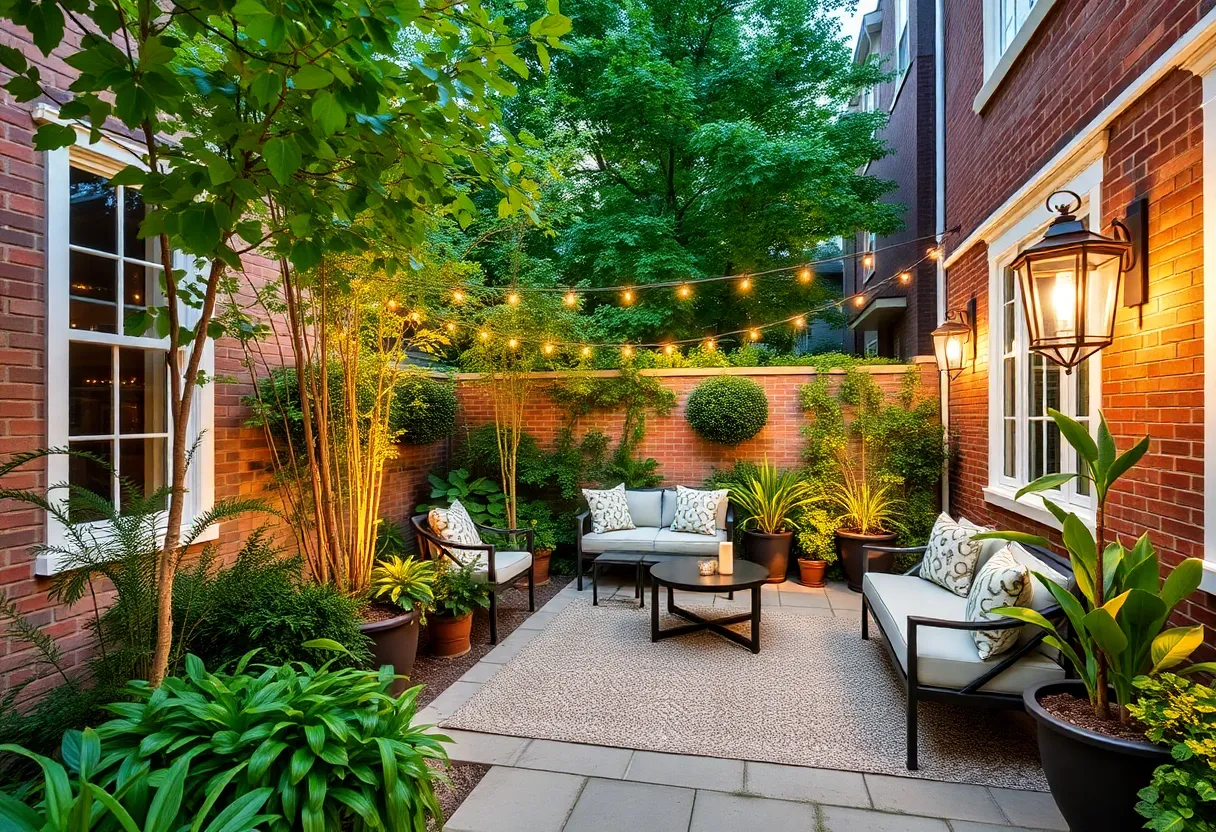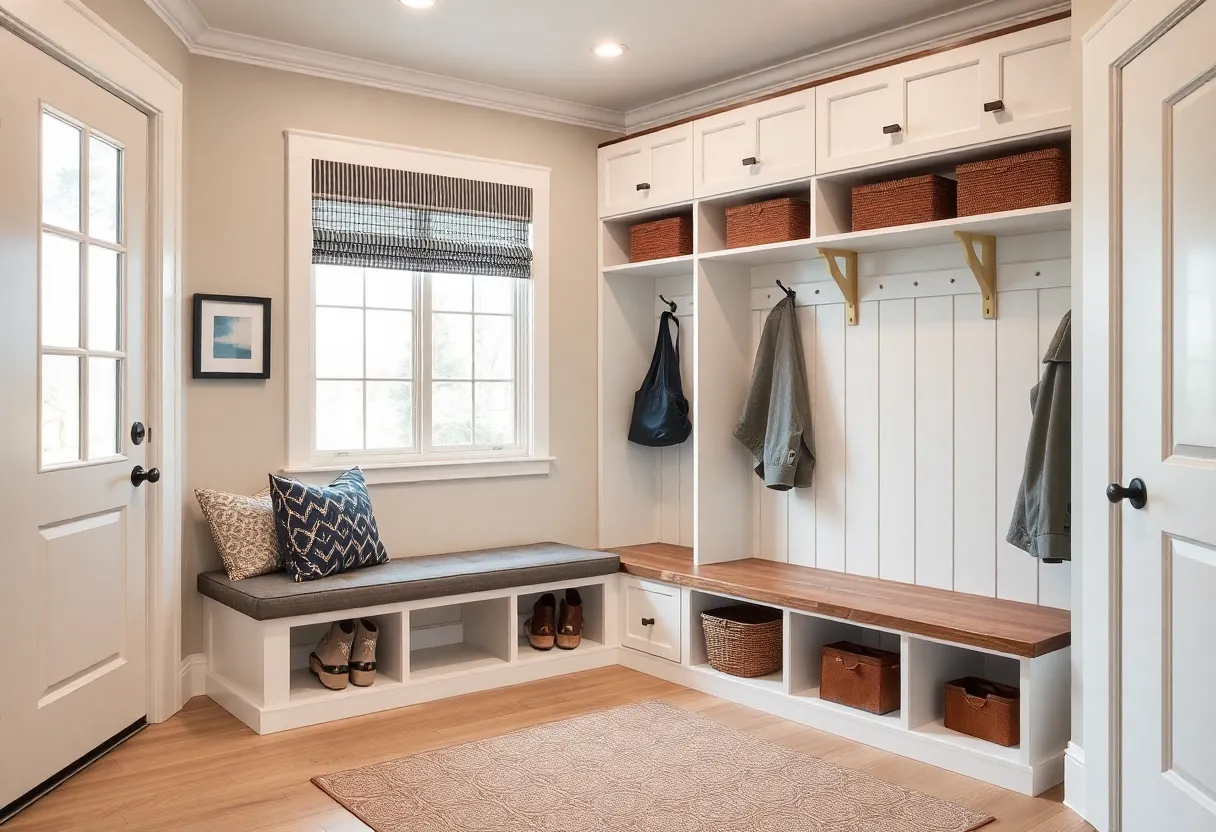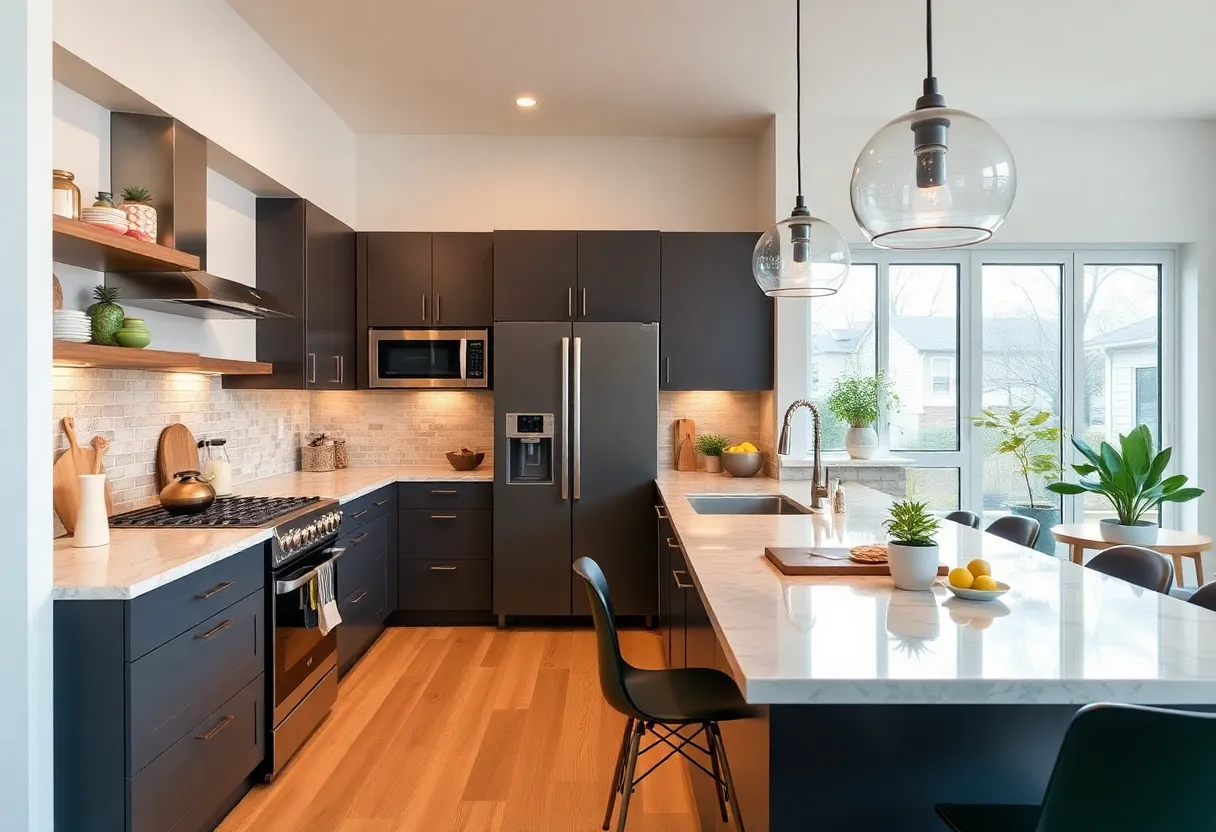How to Design Your Dream Outdoor Space: Essential Tips for Homeowners
Creating an ideal outdoor space enhances your property’s value, offers a sanctuary for relaxation, and cultivates opportunities for social gatherings. Proper design ensures functionality, aesthetic appeal, and long-term sustainability. This article presents a comprehensive guide for homeowners aiming to craft their perfect outdoor retreat.
Establish Clear Objectives and Budget
The initial step involves defining precise objectives for your outdoor space. Consider how you intend to use the area—entertaining guests, gardening, relaxing, or a combination. Prioritize features that serve your lifestyle.
Simultaneously, set a realistic budget. Include costs for design, materials, plants, labor, and maintenance. Maintaining a detailed budget plan prevents overspending and guides decision-making throughout the process.
Assess Site Conditions
Evaluate Topography and Soil Quality
Determine the natural contour of your land. Sloped terrains influence drainage and may necessitate retaining walls or terracing. Soil testing reveals fertility levels and drainage capacity, informing plant selection and soil amendments.
Analyze Sunlight and Shade Patterns
Observe sunlight exposure across different times of the day and seasons. Identify areas of full sun, partial shade, and full shade. This insight directs placement of plants, seating areas, and features like water elements or fire pits.
Consider Wind and Microclimates
Note prevailing wind directions and possible microclimates—warm spots near walls or shaded corners. These factors affect plant health and comfort levels for outdoor furnishings.
Design with Functionality and Flow
Define Zones Based on Use
Create distinct zones tailored to specific activities: dining area, lounge space, gardening beds, or play zones. Clear separation enhances usability and organization.
Plan for Traffic Movement
Design pathways and transitions to facilitate smooth circulation. Use durable, slip-resistant materials for walkways. Proper spacing prevents congestion and preserves the aesthetic integrity of each zone.
Optimize Accessibility
Ensure features are accessible to all users, including those with mobility challenges. Incorporate ramps, level surfaces, and comfortable seating options.
Select Appropriate Plants and Landscaping Features
Choose Suitable Plants
Match plants to your climate zone, soil conditions, and sunlight availability. Opt for native species to improve resilience and reduce maintenance requirements.
Incorporate a mix of perennials, shrubs, and ground covers for visual interest and ecological balance. Consider color schemes, flowering periods, and foliage texture for seasonal diversity.
Design with Low-Maintenance Landscaping
Prioritize drought-resistant plants and efficient irrigation systems to minimize upkeep. Mulching conserves moisture and suppresses weeds.
Add Focal Features
Include elements like water features, sculptures, or decorative lighting to craft focal points. These features enhance visual appeal and can serve as social gathering hubs.
Implement Hardscape Elements
Surface Choices
Select durable materials for patios, driveways, and pathways—such as concrete, pavers, gravel, or natural stone. Consider aesthetics, longevity, and maintenance.
Use Edging and Borders
Define planting beds and lawn areas with edging materials like bricks, metal, or natural stone. Proper borders prevent soil erosion and maintain clean lines.
Incorporate Structures
Install pergolas, gazebos, or shade sails to provide shelter and define spaces. These structures add architectural interest and comfort.
Emphasize Sustainability and Eco-Friendliness
Choose sustainable practices to reduce environmental impact. Use native, drought-tolerant plants, and opt for eco-friendly materials.
Incorporate rain gardens or permeable paving to manage stormwater runoff effectively. Installing solar-powered lighting reduces energy consumption.
Invest in Quality Outdoor Furniture and Decor
Select durable, weather-resistant furniture suited to your space’s scale and style. Quality pieces maintain their appearance longer and offer better comfort.
Use outdoor fabrics and finishes designed for outdoor conditions. Complement furniture with decorative cushions and textiles to add color and texture.
Focus on Lighting for Safety and Aesthetic Appeal
Implement layered lighting—ambient, task, and accent—to create a cozy atmosphere and improve safety. Use energy-efficient LED fixtures and consider solar options.
Highlight specific features, pathways, and plantings. Proper lighting extends usability into evening hours.
Plan for Maintenance and Longevity
Anticipate ongoing upkeep requirements. Select low-maintenance plants and durable materials. Establish a regular schedule for pruning, lawn care, and cleaning.
Invest in quality irrigation systems to ensure efficient water use and plant health.
Incorporate Personal Style and Unique Elements
Customize your outdoor space with personal touches—artworks, color schemes, or thematic accents. Balance aesthetics with functionality.
Ensure elements like furniture and decor reflect your taste while harmonizing with the broader landscape design.
Consultation and Professional Assistance
While DIY approaches work for many, consulting landscape professionals can optimize design accuracy and resource management. Pros bring expertise in soil, drainage, plant health, and aesthetic balance.
Request detailed plans and projections to understand costs and timeline fully.
Final Planning Tips
- Prioritize safety: Ensure even surfaces, proper lighting, and secure structures.
- Anticipate future needs: Design for growth or changes in your lifestyle.
- Document your plan: Use sketches or digital models to visualize outcomes before implementation.
Each step in designing your outdoor space demands careful planning and intentional choices. Focusing on foundational principles—functionality, sustainability, aesthetic harmony—creates a personalized haven for years to come. Remember: _Start with a clear vision_, _assess site conditions diligently_, and _prioritize quality along with your budget_. Success lies in translating these insights into a cohesive, beautiful, and practical outdoor environment.
Author: STAFF HERE WASHINGTON DC
The WASHINGTON DC STAFF WRITER represents the experienced team at HEREWashingtonDC.com, your go-to source for actionable local news and information in Washington, DC, and beyond. Specializing in "news you can use," we cover essential topics like product reviews for personal and business needs, local business directories, politics, real estate trends, neighborhood insights, and regional news affecting the area—with deep expertise drawn from years of dedicated reporting and strong community input, including local press releases and business updates. We deliver top reporting on high-value events such as the National Cherry Blossom Festival, Kennedy Center Honors, and the Washington Auto Show. Our coverage extends to key organizations like the Greater Washington Board of Trade and Destination DC, plus leading businesses in government contracting and technology that power the local economy such as Lockheed Martin and Amazon. As part of the broader HERE network, we provide comprehensive, credible insights into the dynamic landscape of the Washington metropolitan area.





